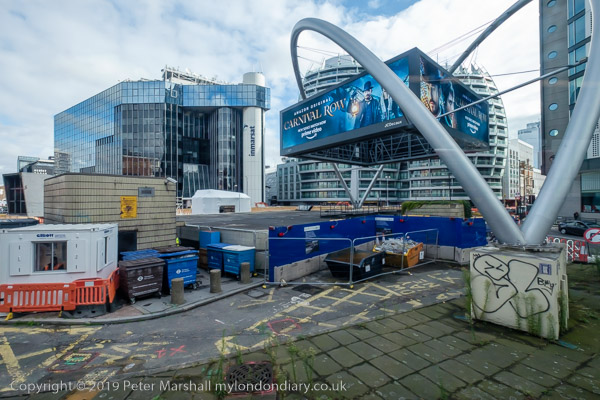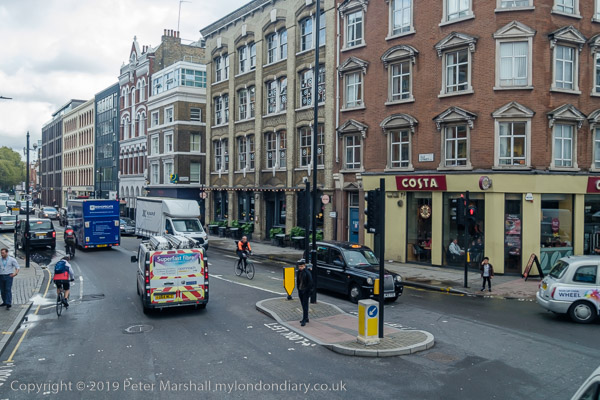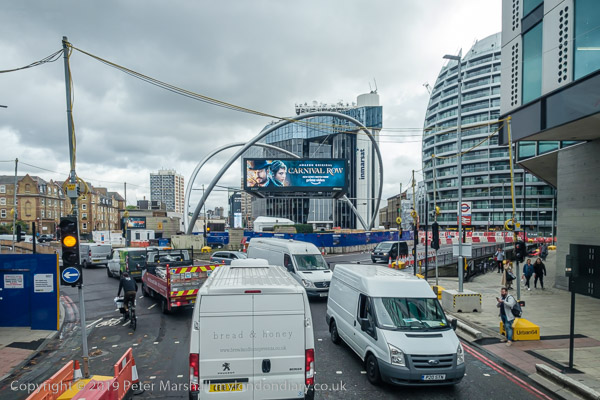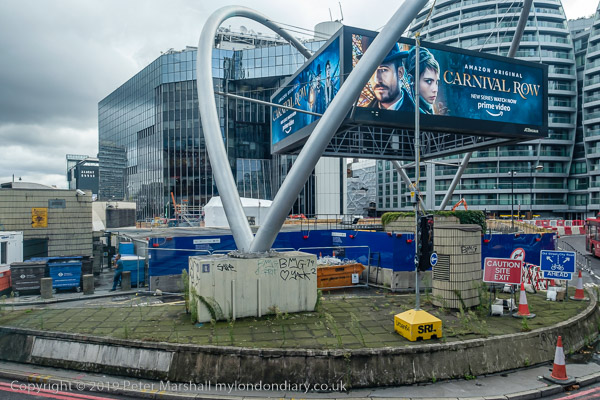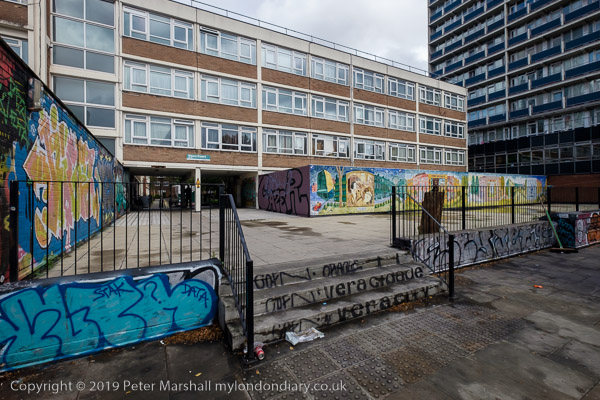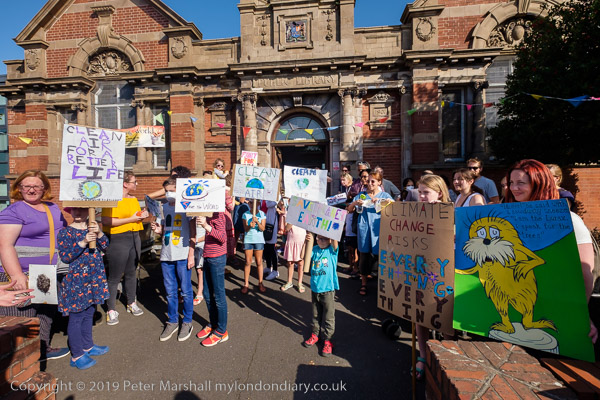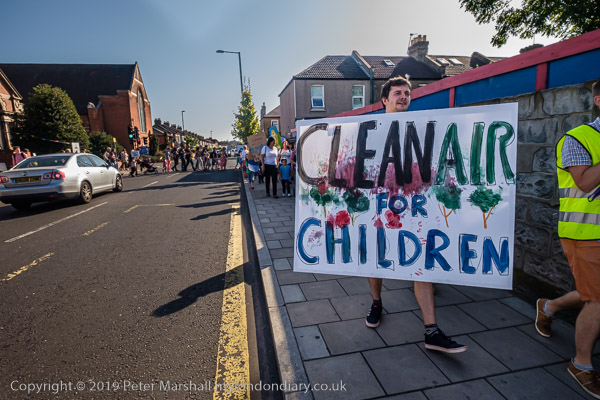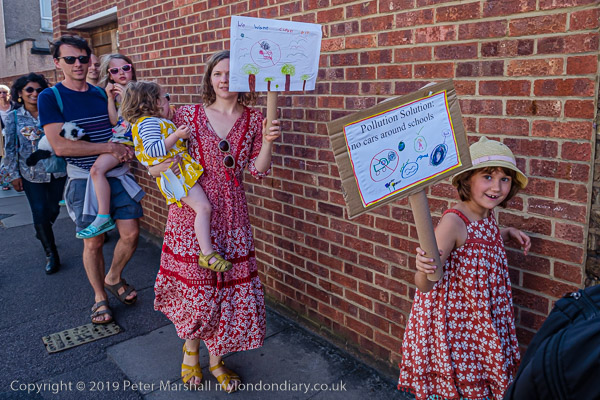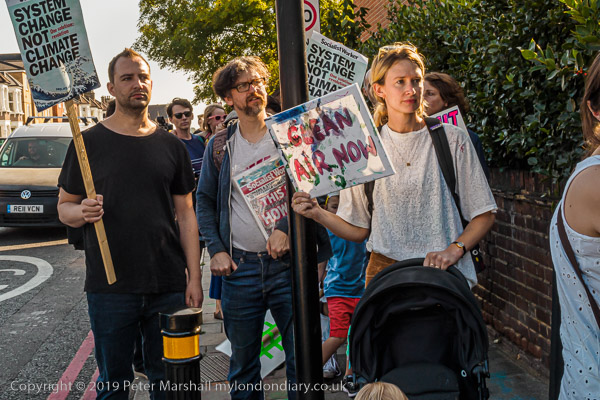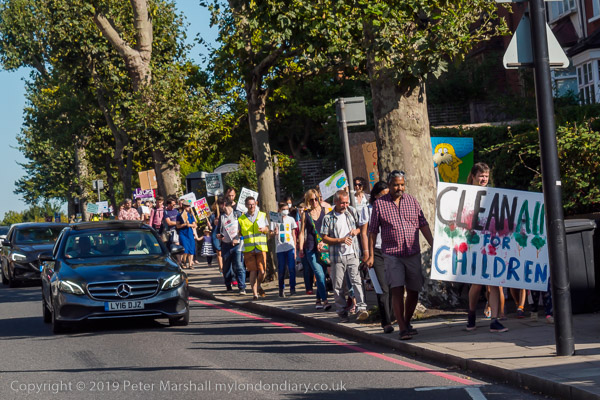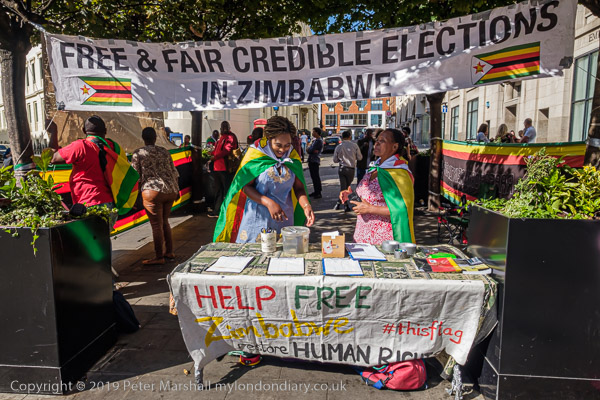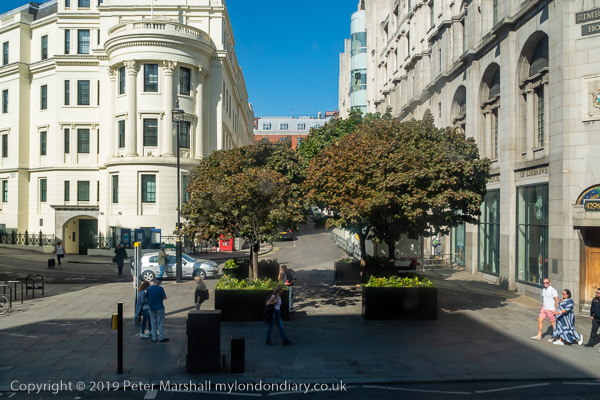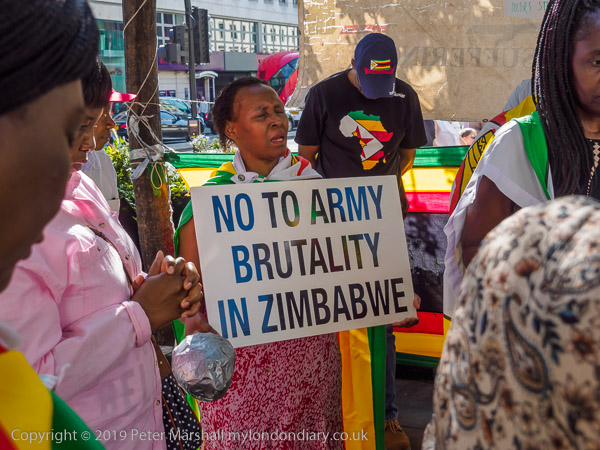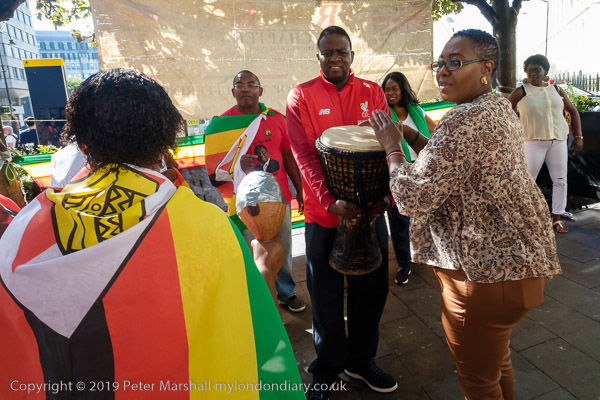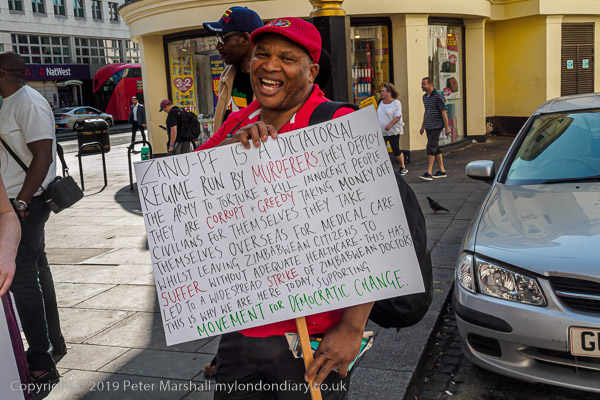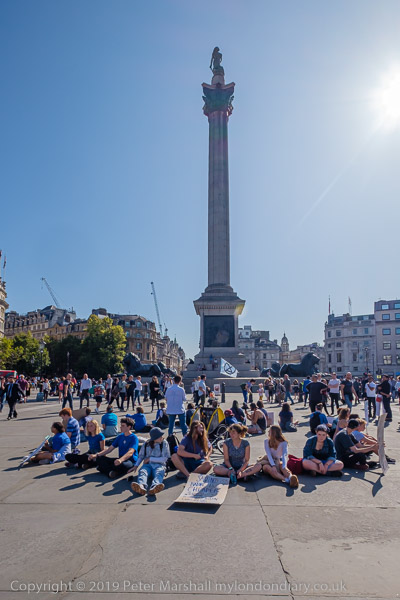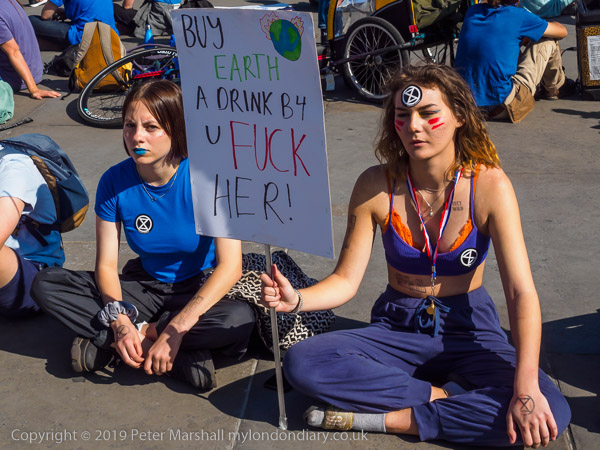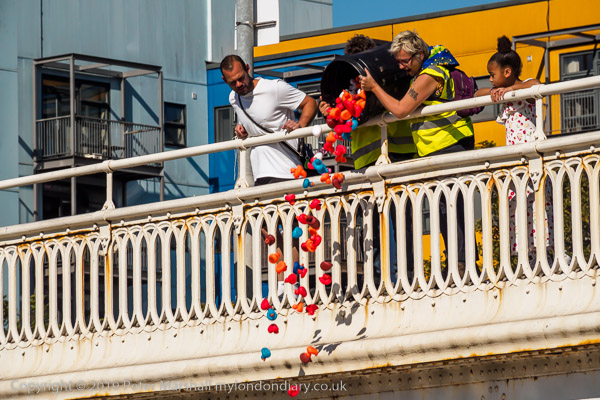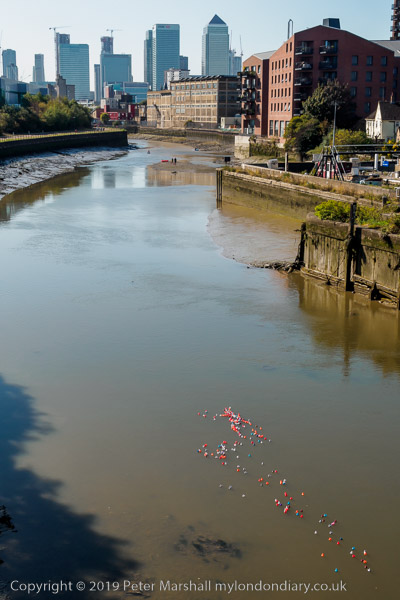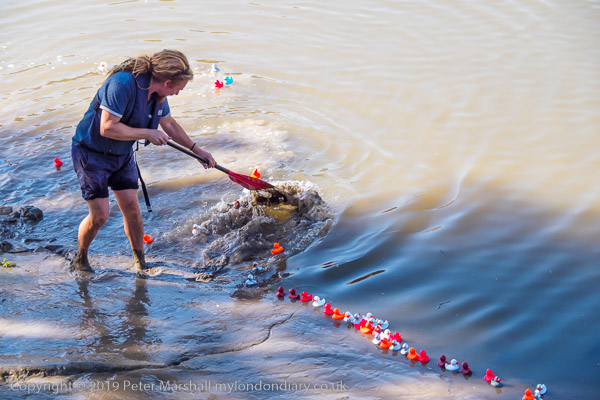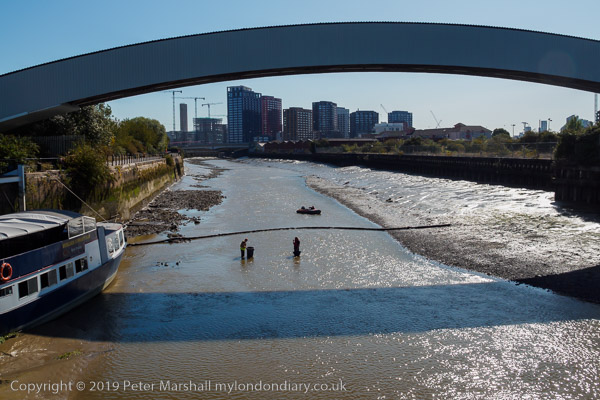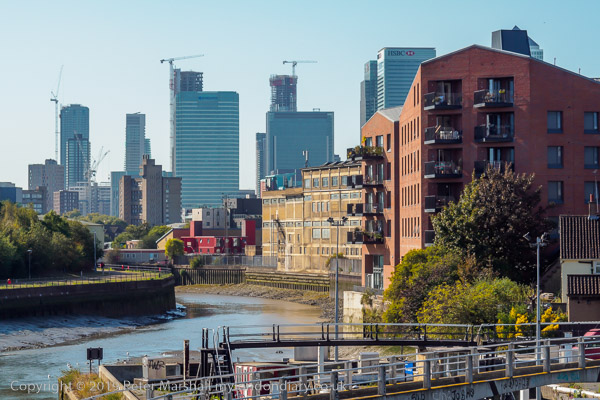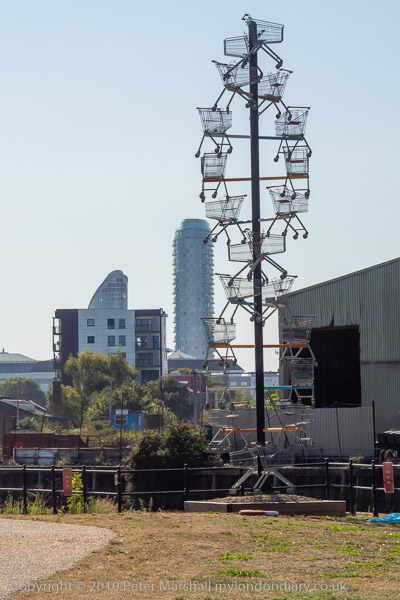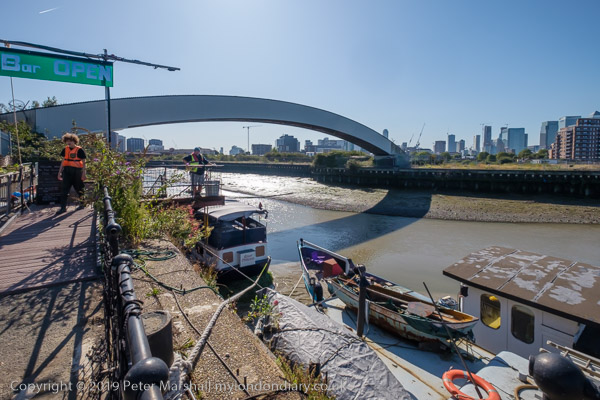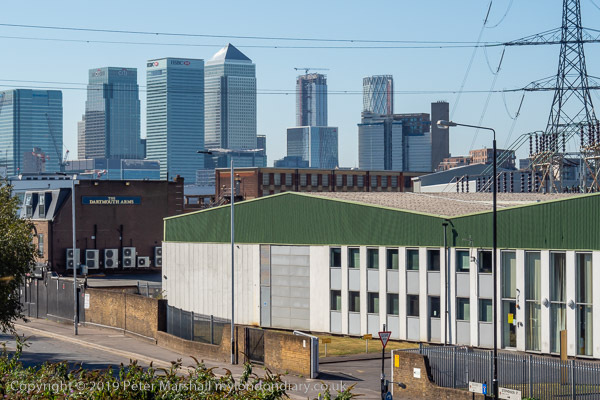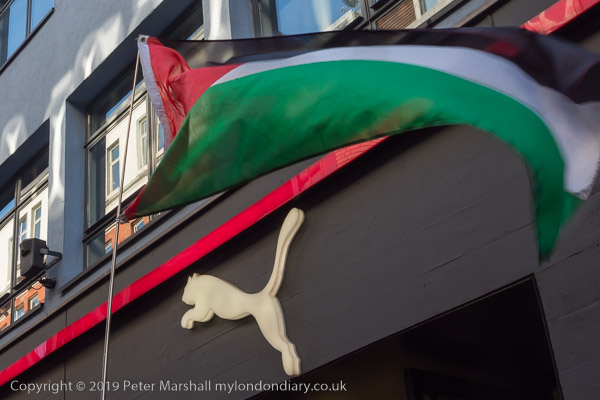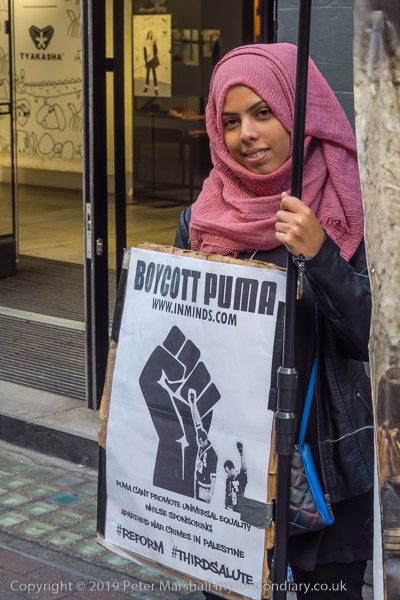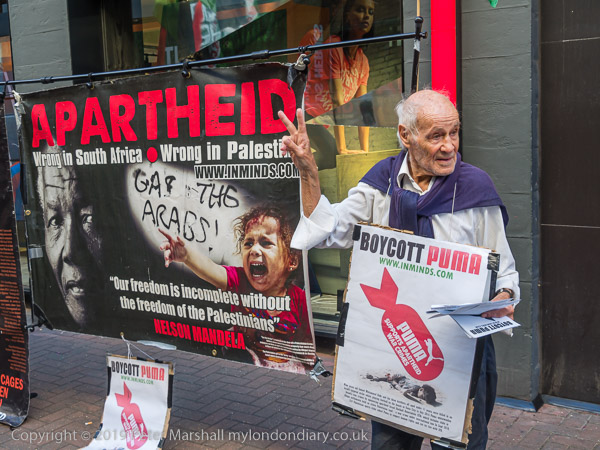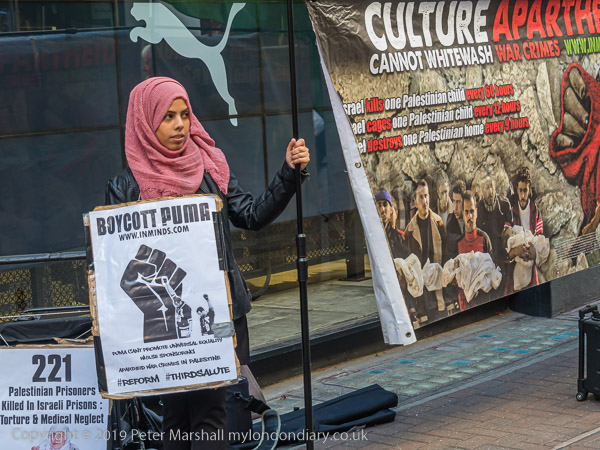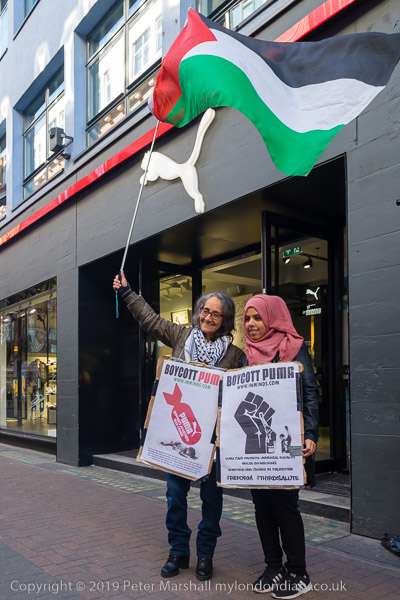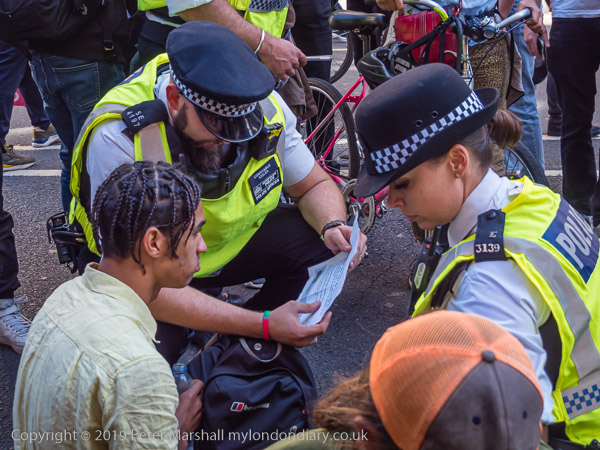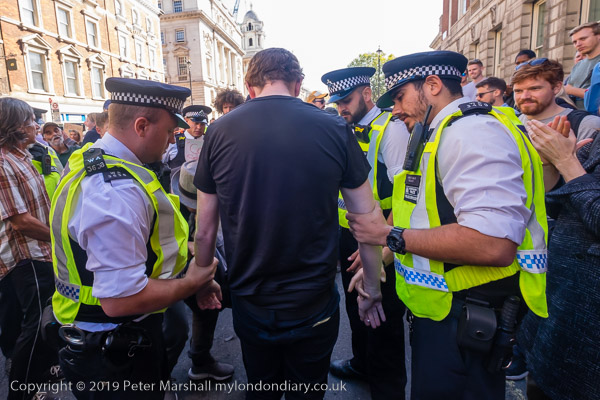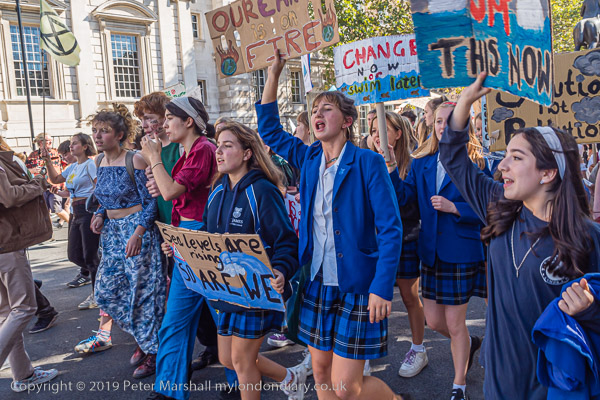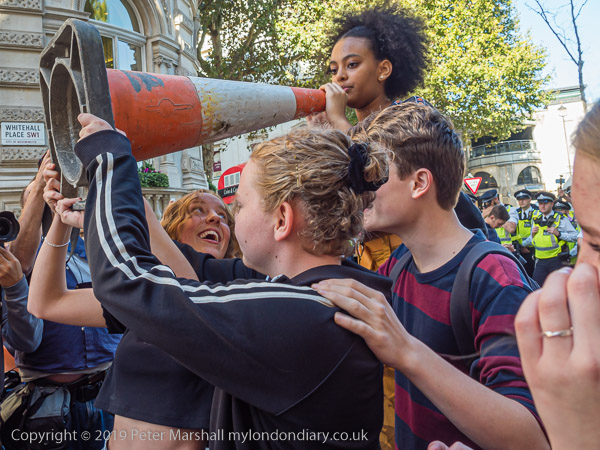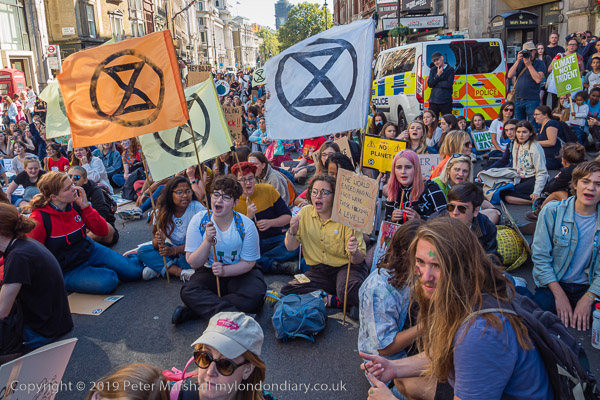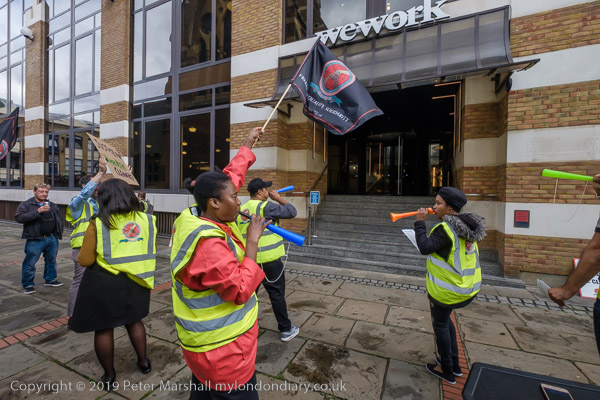
I’d never heard of WeWork before I received an Facebook post inviting me to photograph a protest outside one of their London premises in Shoreditch. The company began in 2010, has its HQ in New York and provides flexible working spaces for companies from 1 to 500 people, equipped, serviced and ready to move in. In London alone it has 49 locations providing shared facilities.
When we started WeWork in 2010, we wanted to build more than beautiful, shared office spaces. We wanted to build a community. A place you join as an individual, ‘me’, but where you become part of a greater ‘we’. A place where we’re redefining success measured by personal fulfillment, not just the bottom line. Community is our catalyst.
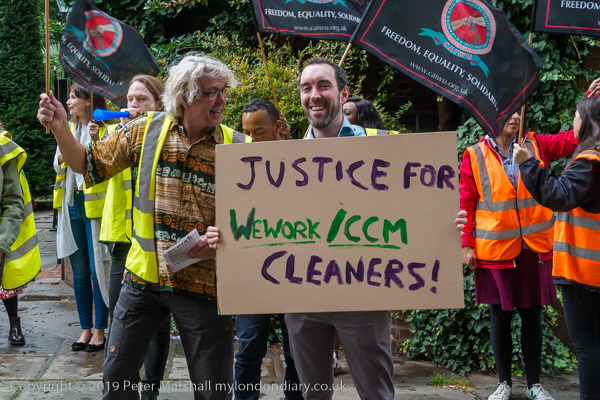
But community doesn’t extend to all that work there, and in particular not to the cleaners who keep these shared office and community spaces beautiful. WeWork outsource their cleaning to cleaning company CCM.
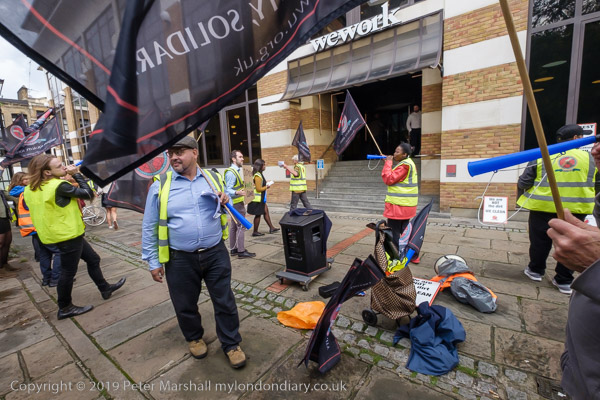
Outsourcing is always a bad deal for workers. The companies bid for contracts almost entirely on price, and they pare down prices by screwing the workers. Low pay, high workloads, the legal minimum terms and conditions and often a lack of equipment and concern over safety combined with bullying management enable outsourcing companies to keep costs to the bone and profits to the company owners.
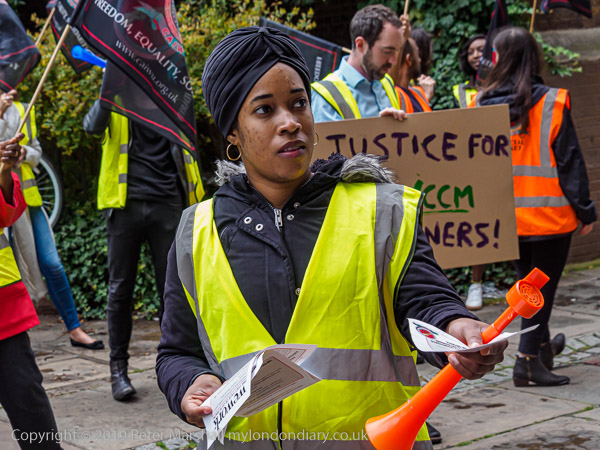
Trade unions are anathema to such companies, and also to many US based firms, and grass roots unions such as CAIWU who manage the difficult job of unionising marginal and often immigrant workers find it hard to get basic rights for their members. Workers who stand up for their rights get victimised, and CAIWU were protesting here as five CAIWU members have been dismissed here in the past few months, with Wework staff members involved in getting CCM to dismiss them.
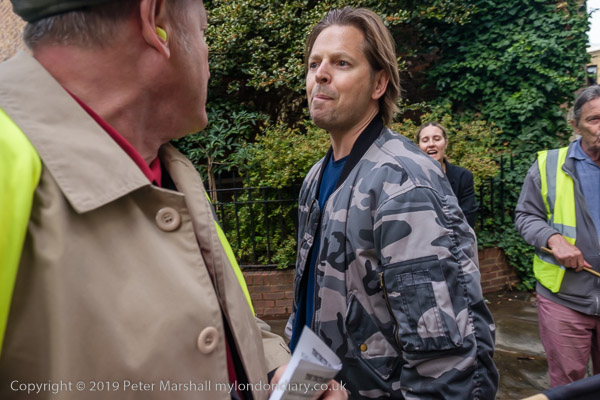
The loud protest outside the offices attracted a great deal of attention, with one local business owner coming to ask them to keep quiet and one man stopping to argue with the protesters, getting quite angry and pushing some of them. But these were the exceptions and many others read the fliers that the protesters were handing out and expressed support, including one team of workers who came out from the building and join the protest.
More at: Wework stop victimising cleaners
All photographs on this and my other sites, unless otherwise stated, are taken by and copyright of Peter Marshall, and are available for reproduction or can be bought as prints.
